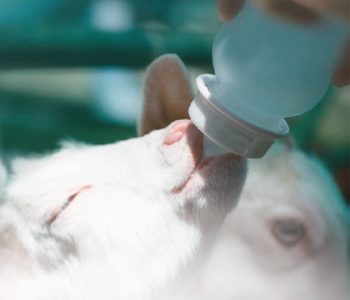How to Select a Good Milk Replacer for Your Farm?
Typically, in highly focused dairy goat farms, the newborn is isolated from the doe immediately after birth and nourished with colostrum in the initial 24-48 hours. Subsequently, the kid is nurtured within an artificial lactation system, underscoring the crucial decision of selecting a high-quality milk substitute.
However, there is limited scientific literature that helps establish a real growth pattern for goats during the early stages.
The selection of the objective is determined by:
Prices are always better in summer and approaching Christmas (between 5.2-6 €/kg live weight).
Many farms take advantage of kidding in early summer and autumn to mainly send their animals to slaughter since they fetch a better price.
Therefore, they limit kidding in winter and spring to retain most of the rearing on the farm and sell the males for slaughter (between 2.5-4 €/kg live weight).
When choosing a milk replacer on a farm, it’s essential to consider that the product provides the necessary nutrients to achieve the target weight and conformation in the shortest time and at the lowest cost possible.
Various companies in the sector:
i) play with a mix of ingredients to create products with different qualities,
ii) use the information on the label as a tool to attract customers.
Management and facilities (Hernández-Castellano et al., 2015) are crucial for obtaining optimal performance on the farm.
You may also like to read: “
